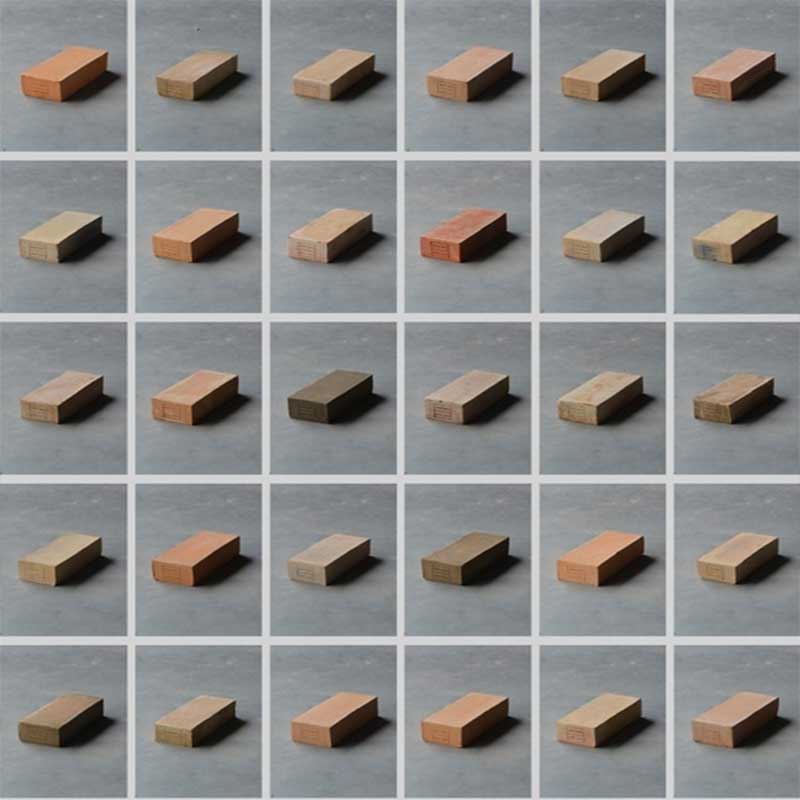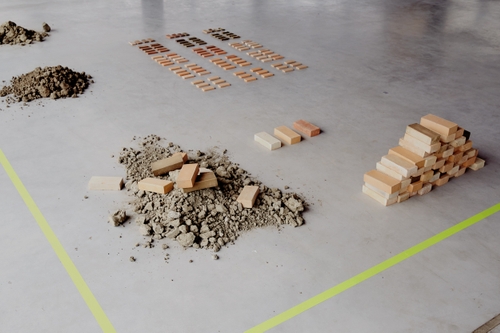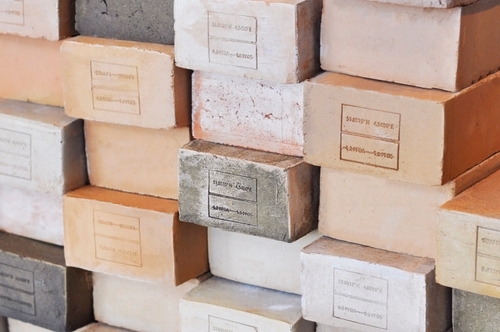
Polluted soil, particularly the one with PFAS chemicals (forever chemical) is one of the major environmental concerns now-a-days. In order to address the concer, Dutch designer Emy Bensorp has invented a method to turn PFAS polluted clay soil into clean ceramic materials and products like bricks. A report by SURFACES REPORTER (SR).
Why turning polluted soil is important?
PFAS is a group of so-called “forever chemicals” widely used since the 1950s. After years of extensive use these chemicals are now found all around the world in soil, water, wildlife and even people. Last year, when PFAS was put on the political agenda of the Netherlands, and shut down the complete building sector due to its widespread presence. PFAS consists of a very strong chemical bond (C-F), making them resistant to natural degradation while threatening human health and the environment. In order to provide a solution to the issue, Dutch Designer Emy Bensorp with her startup Claybens have developed a method to turn PFAS polluted clay soil into clean ceramic materials and products like bricks.

According to the website, "By heating the PFAS contaminated clay soil up to high temperatures, the chemicals are destroyed while creating a clean ceramic material. This material can be shaped in countless ways. For example into tiles, vases, toilet bowls or bricks. Especially bricks are interesting since they are produced in bulk and can be used in buildings as a local material."

In the project, contaminated soil from areas in the Netherlands including Barendrecht, Waddixveen and Schiphol, a PFAS hotspot, were heated to 900 to 1200 degrees Celsius. The resulting bricks show a variety of natural hues. “All that remains of its dirty past is the stamp that states the location of origin and amount of PFAS removed,” Bensorp states. Claybens beliefs that everyone deserves a clean and safe environment and that it is our responsibility today to clean up for tomorrow.
About the designer
Claybens started as a design research project by Emy Bensdorp. Her dual background in design and psychology enables her to combine deepdive research with a hands-on design approach. For Emy the challenges of today make the most interesting design topics. In her work she seeks to connect different disciplines so that we can face our challenges together. This approach to design makes that any question can lead to a design project that fits the challenge, client or company. For example by transforming waste into a resource, materializing research or creating sustainable solutions.
Text & Image courtesy: Claybens
Keep reading SURFACES REPORTER for more such articles and stories.
Join us in SOCIAL MEDIA to stay updated
SR FACEBOOK | SR LINKEDIN | SR INSTAGRAM | SR YOUTUBE
Further, Subscribe to our magazine | Sign Up for the FREE Surfaces Reporter Magazine Newsletter
Also, check out Surfaces Reporter’s encouraging, exciting and educational WEBINARS here.
You may also like to read about:
IIT-Hyderabad gets India’s first bio-brick-made building | Telangana | SURFACES REPORTER News Update
20,000 Brick Tiles Form the Perforated Brick Facade of Ngoi Space in Hanoi, Vietnam | H&P Architects
Know the Indian Architect who created Tiles from Polluted Air
And more…